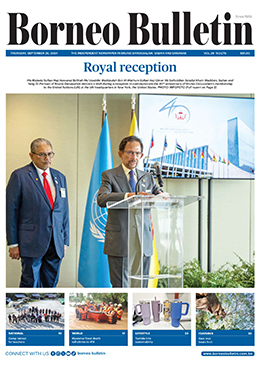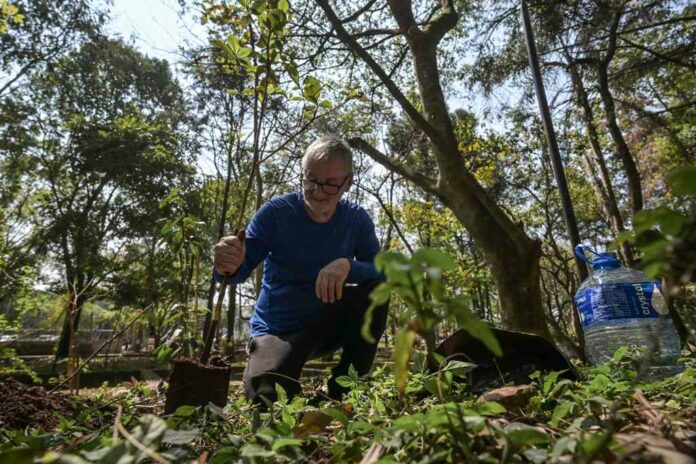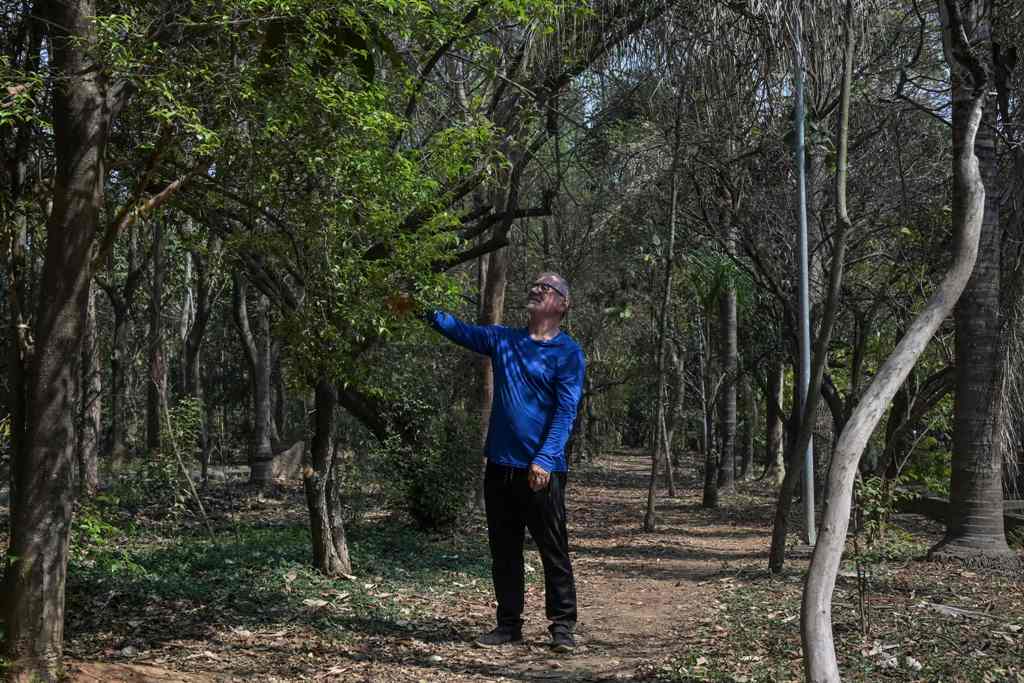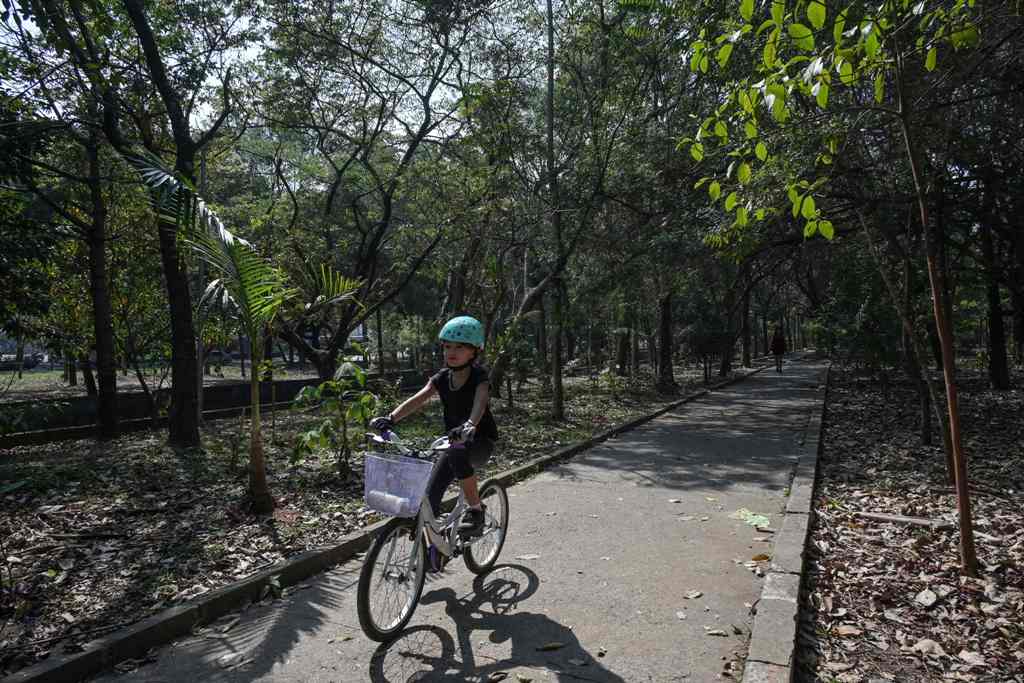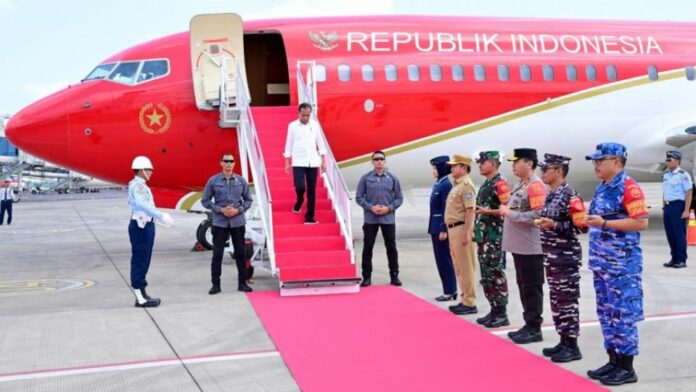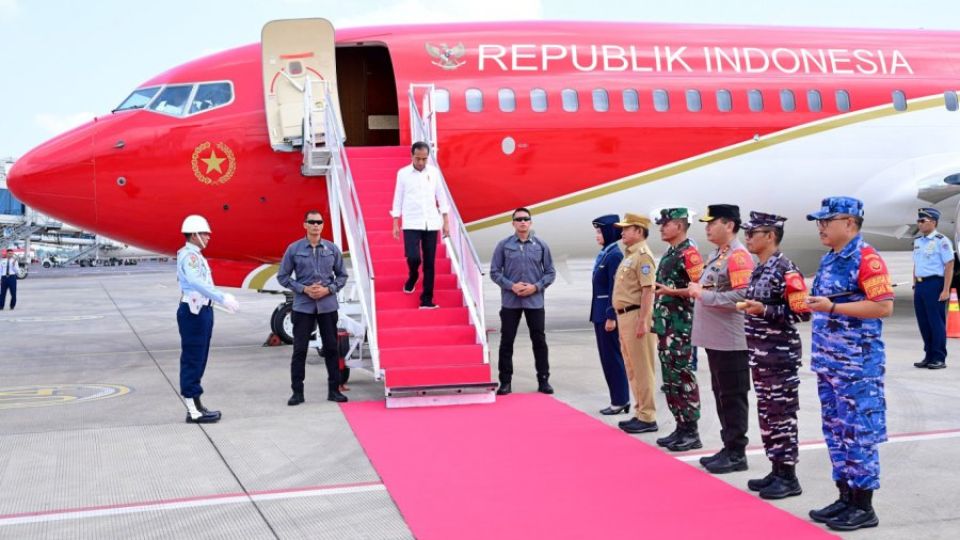As more individuals embrace a greener mind-set and become more eco-conscious by the day, the simple act of sipping water has taken on a whole new meaning.
Gone are the days of relying on single-use plastic bottles; reusable water bottles and tumblers have become not just a functional accessory, but a statement about sustainability, style – and even status to some.
Whether you’re at the gym, the office, or just out and about, a sleek, reusable bottle is now an essential part of daily life – one that blends purpose with personal expression – and it has become very common to see people carrying tumblers around these days, even when they dine in at restaurants.
THE APPEAL OF SUSTAINABILITY
The rise of reusable water bottles and tumblers can largely be attributed to the growing awareness of environmental issues. We’ve all heard the harrowing statistics: the world produces over 300 million tonnes of plastic waste every year, and a good portion of that is from single-use plastics.
Many of these items, including water bottles, end up in our oceans, causing untold damage to marine life.
With this growing environmental consciousness, reusable bottles have become more than a personal convenience. They’re a small but significant step toward reducing waste and conserving resources.
And, importantly, it’s a step that more and more people are eager to take. By switching to a reusable option, you’re not only helping the environment but also setting an example for others to follow.
But sustainability isn’t the only driving factor behind this trend. Durability and style have also entered the mix, making these bottles not just eco-friendly but also highly desirable accessories.

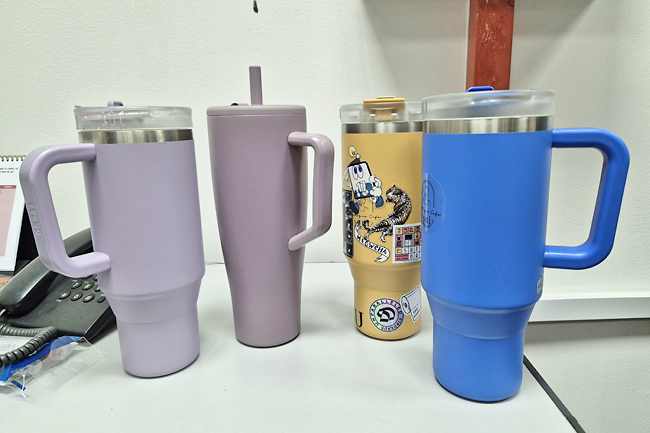
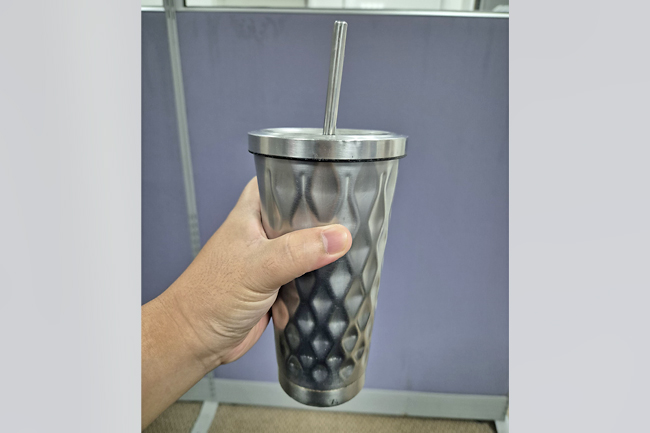
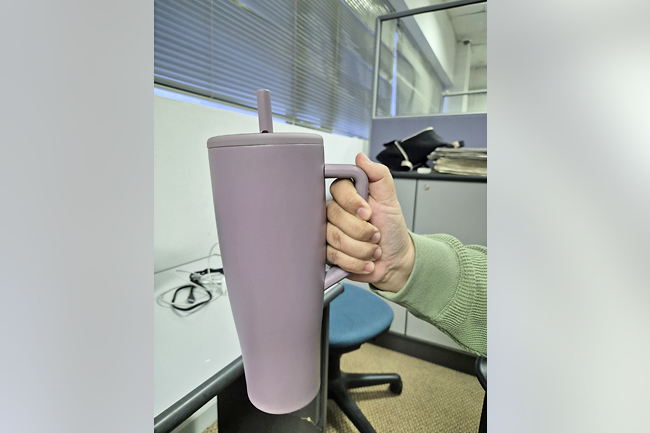
DURABILITY MEETS STYLE
Let’s face it: no one wants to carry around a flimsy, unattractive water bottle. That’s why brands have stepped up their game, creating bottles and tumblers that are not only built to last but look good while doing so.
Materials like stainless steel, double-walled insulation, and BPA-free plastic have become the gold standard, offering durability that ensures your bottle can withstand everything from accidental drops to long hours in a hot car.
Some of the leading brands have mastered the art of balancing functionality with aesthetics. Some have taken on that vibrant colour and robust build combo, while others have adopted a chic, sleek design that makes it look more like a luxury item than a simple water bottle.
Many brands have also gained almost cult-like followings, with people eager to flaunt their bottles at every opportunity.
But it’s not just about practicality anymore. Reusable water bottles have slowly turned into status symbols. The brand you choose says something about who you are and the values you stand for. Owning one of these trendy bottles sends a subtle message: you care about the planet, you appreciate good design, and you’re willing to invest in quality.
It’s a way of expressing individuality, all while staying hydrated.
PERSONALISATION AND CUSTOMISATION
As with any trend, personalisation has found its way into the world of reusable bottles and tumblers. In recent years, people have started to customise their bottles, making them a true reflection of their personal style.
Whether it’s adding a monogram, a favourite quote, or even a set of unique stickers, customising your bottle is a way of making it yours – and ensuring no one accidentally mistakes it for theirs at the gym.
Brands have jumped on this bandwagon, offering customisation options at the point of sale. Some allow you to choose the colour, finish, and even the cap style of your bottle, while others let you engrave your name or a personal message.
This level of customisation adds an extra layer of personal attachment to the bottle, making it more than just an item you carry around but a cherished accessory you use daily.
This trend has also led to the rise of independent sellers offering handcrafted bottle covers, reusable bottle slings, and other accessories. You can find leather sleeves, crochet covers, and even wooden bottle caps, all designed to add that unique touch to your hydration companion.
People love to match their tumblers to their outfits or their activities – think pastel colours for a weekend yoga class or a bold metallic finish for a day at the office. It’s all about finding that perfect blend of style and function.
A SYMBOL OF CHANGE
At the heart of this movement is a desire for change – change in how we treat the environment and how we interact with the items we use every day.
What started as a way to cut down on plastic waste has now evolved into something much bigger: a global movement where sustainability, durability, and style converge.
People are no longer content with disposable culture. Instead, they’re looking for long-lasting products that serve multiple purposes. And with reusable water bottles and tumblers, they’ve found just that.
These bottles are built to withstand the test of time – both in terms of fashion and functionality. They’ve moved beyond being just tools for hydration and have become symbols of conscious living and personal expression.
So, next time you’re choosing a water bottle or tumbler, remember that you’re not just making a purchase – you’re making a statement.
Whether it’s for the environment, for your health, or simply for the joy of owning something uniquely yours, reusable bottles have come to embody so much more than water. They’re a symbol of a better, more thoughtful way of living, one sip at a time. – Izah Azahari

